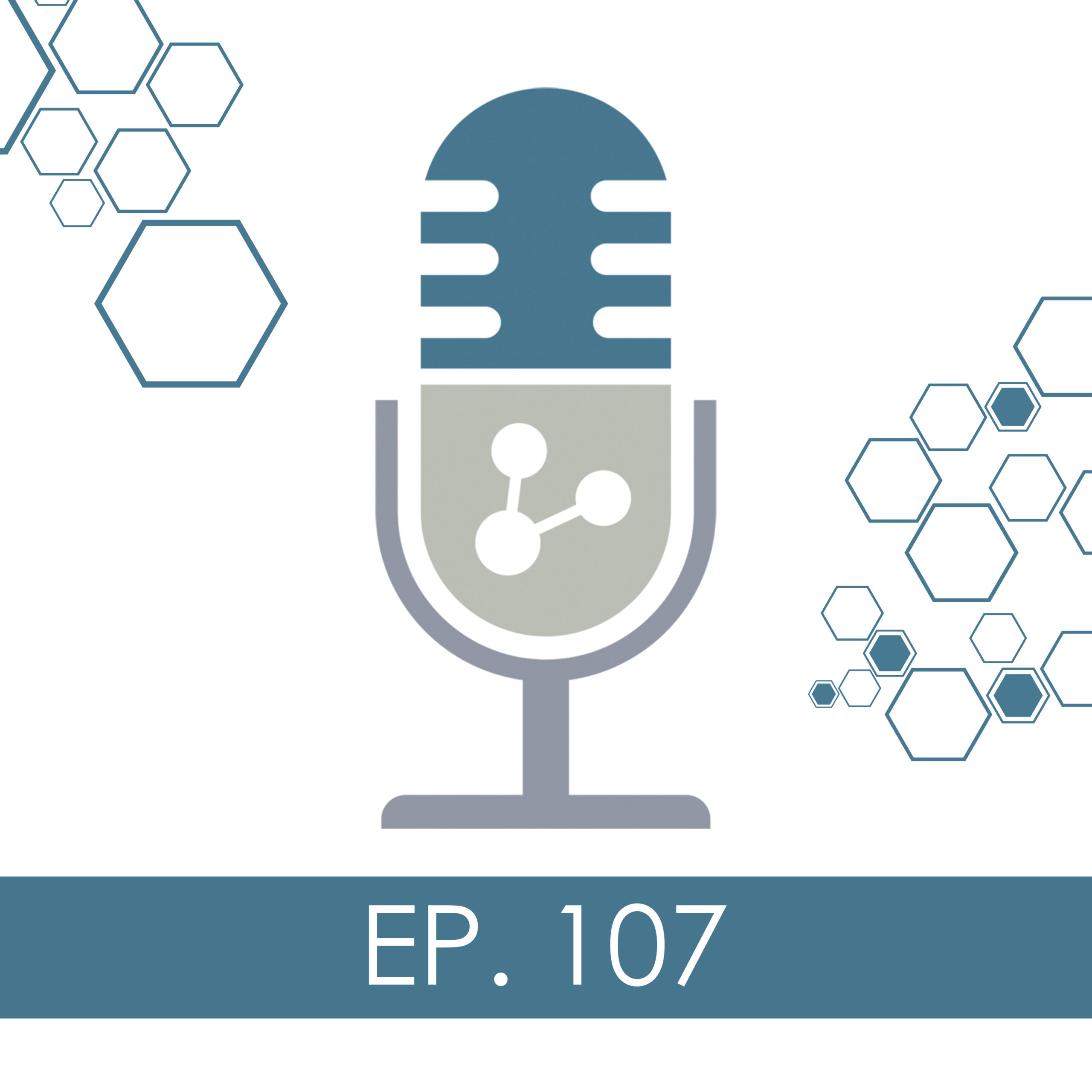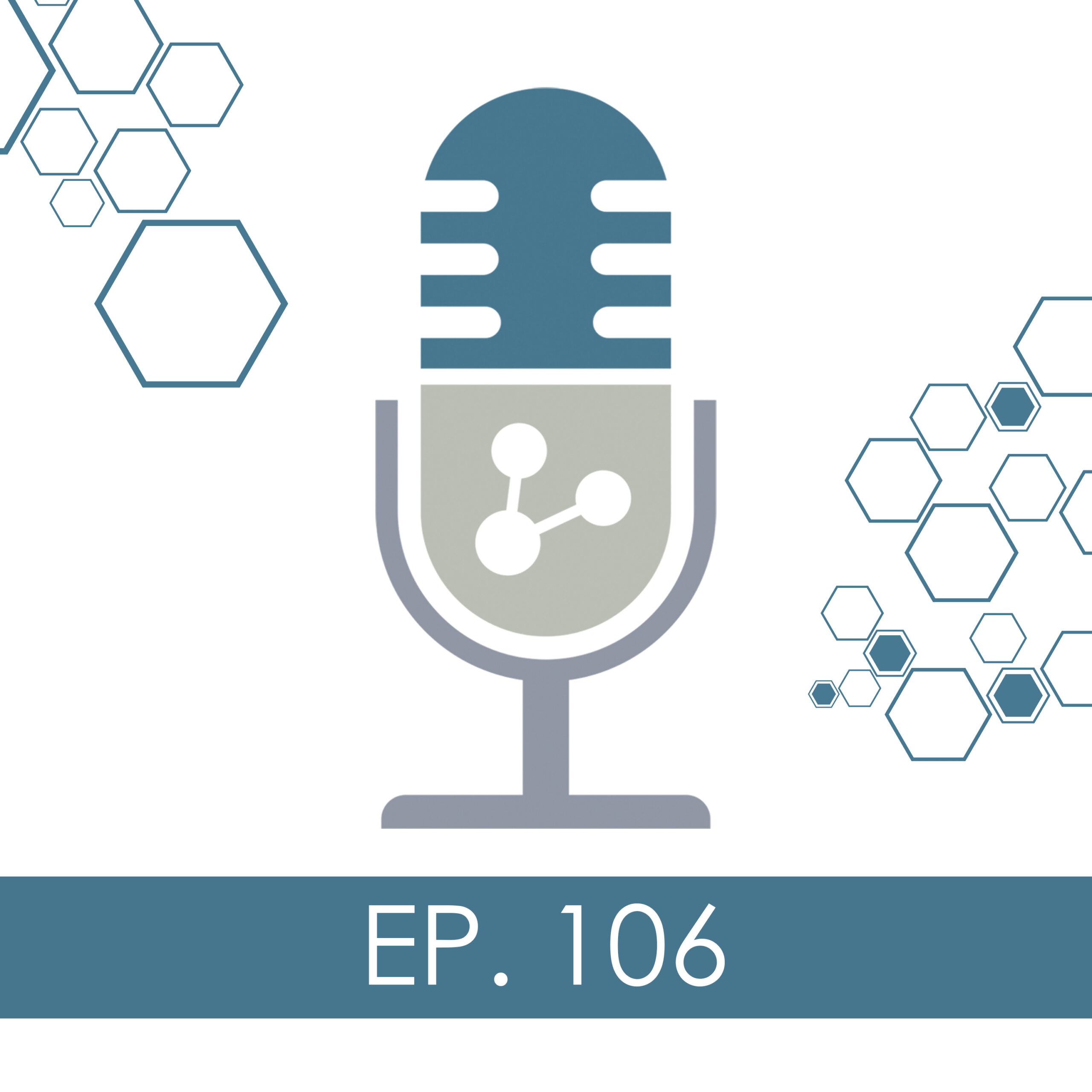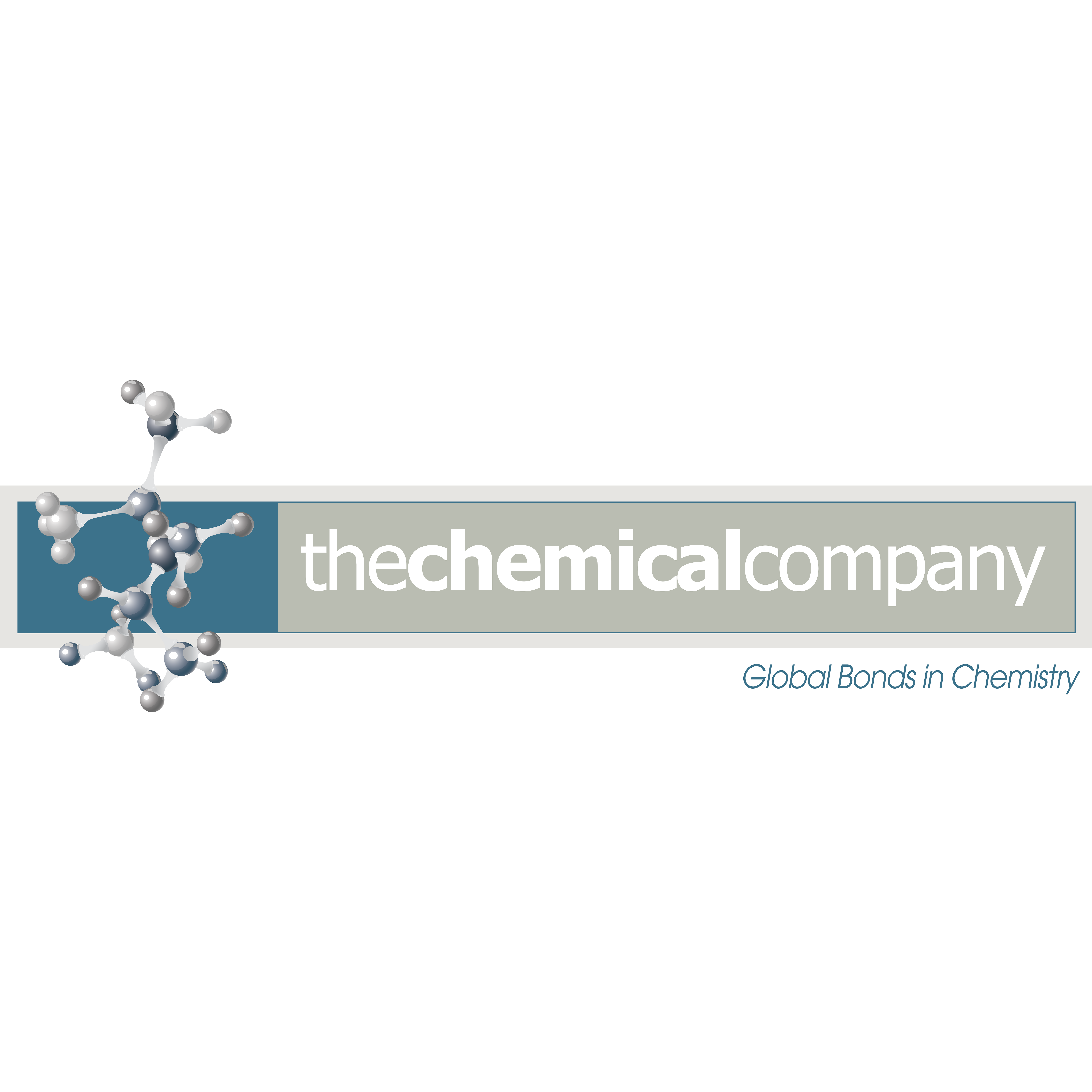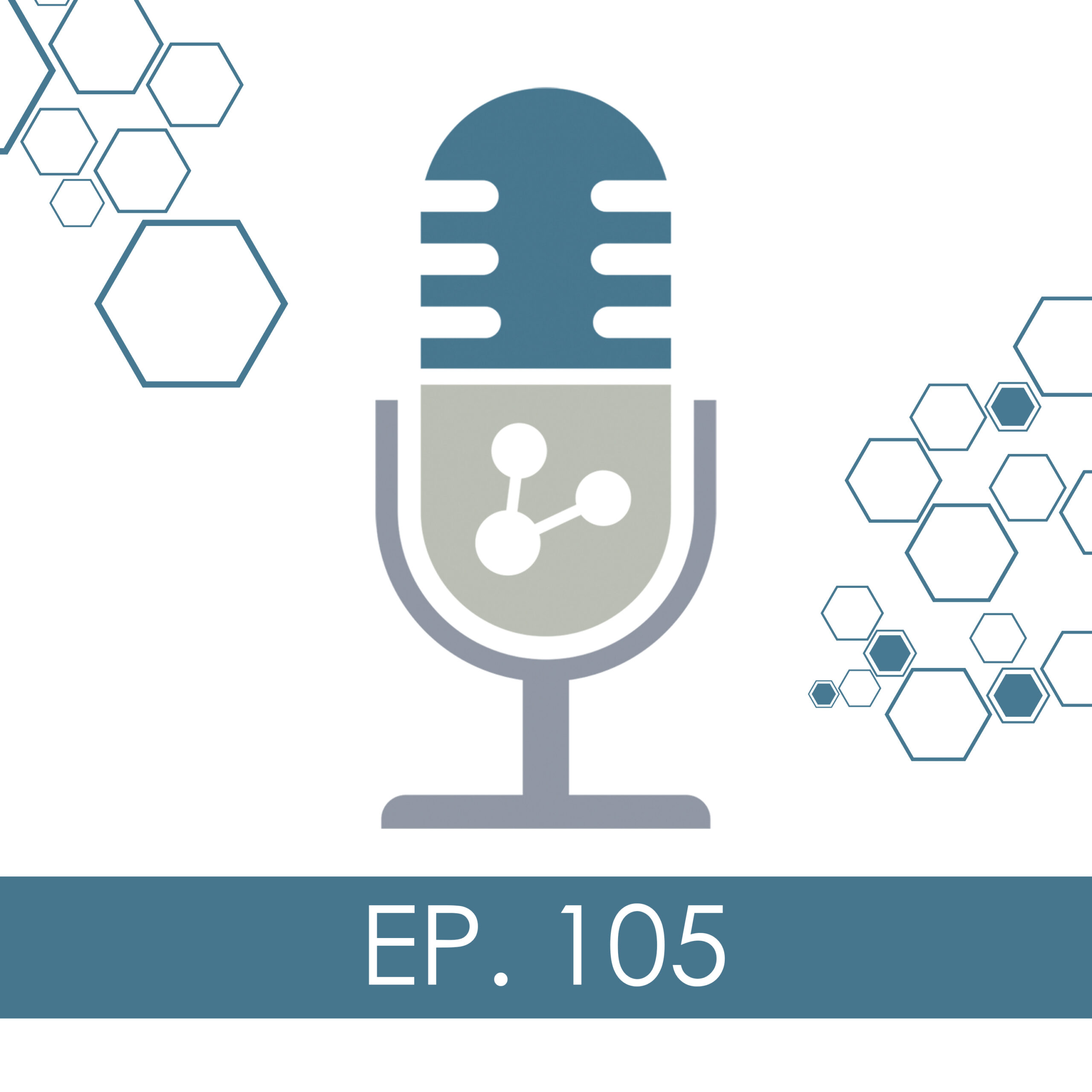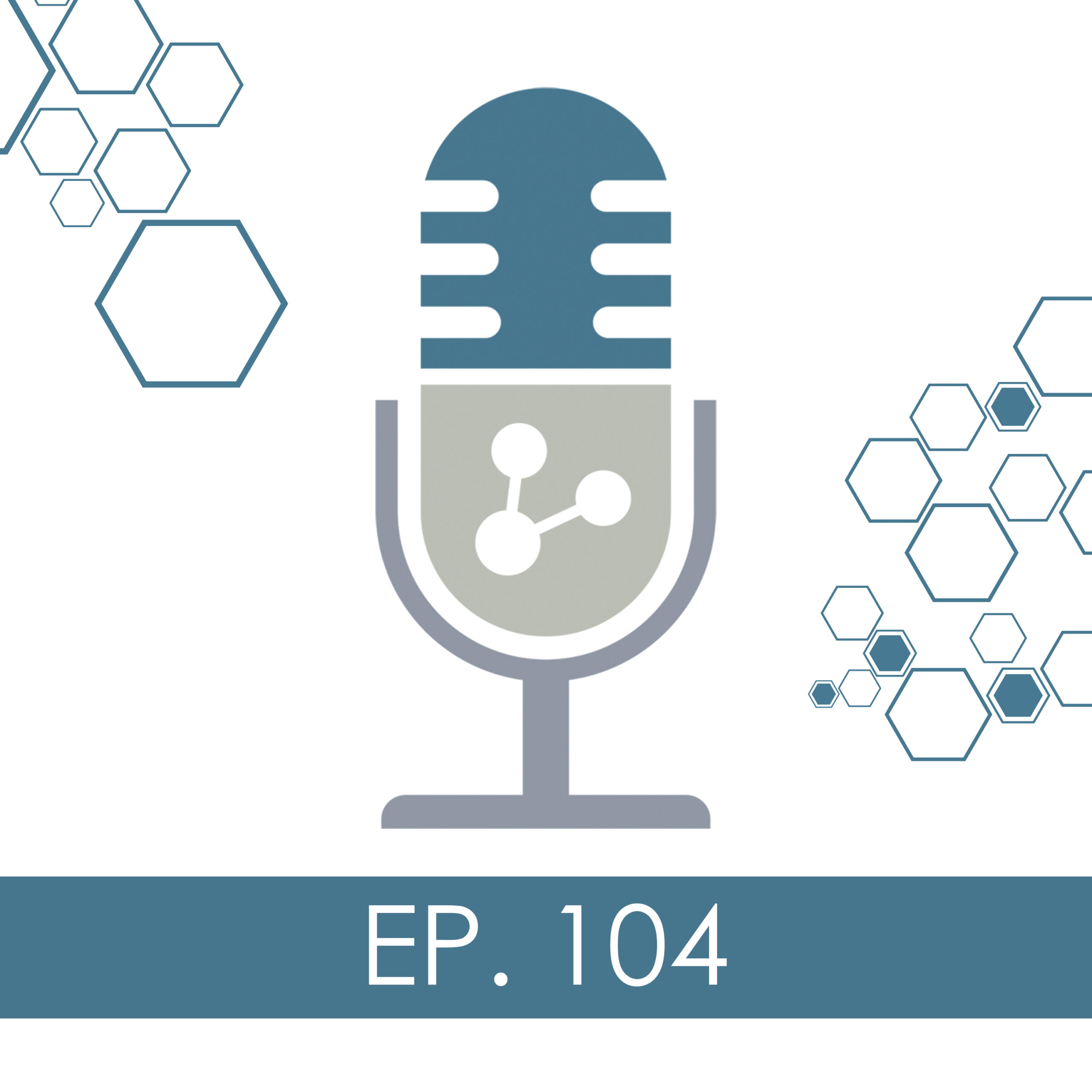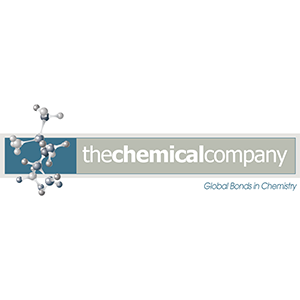Modern manufacturers leverage countless chemical compounds. However, few of these industrial substances are as important as ethylene glycol. This colorless, odorless liquid is deployed in an immense number of manufacturing environments, which is why the global EG market continues to grow. In fact, analysts for Grand View Research predict that EG sales will surpass $33 billion by 2020. What exactly are manufacturers using this chemical for? Here are some common applications, along with some information on the chemical characteristics that make EG an unseen production powerhouse.
 An essential coolant component
An essential coolant component
Antifreeze, the industrial coolant used to keep combustion engines operational in extreme temperatures, is perhaps the most common product associated with EG – and for good reason. The manufacturers that populate the worldwide antifreeze market, which is expected to eclipse $885 billion by 2021, according to research from MarketsandMarkets, heavily rely on this compound. When mixed with water, EG can lower the freezing point of any given liquid while also increasing its boiling point. This makes it ideal for use as antifreeze, which is in turn deployed across numerous industries, including the automotive and heating, ventilation and air conditioning sectors. In short, most motors, residential and commercial cooling systems and the functions these assets support depend on the versatile thermal capabilities of EG.
The foundation for food packaging
The global market for packaged food continues to expand, despite the emergence of competing trends, including the increased consumption of fresh fruit, meat and vegetables. Within fewer than two years, spending on off-the-shelf food items is expected to reach $3 trillion on the back of a compound annual growth rate of 4.5 percent, according to projections from Allied Market Research. This activity is driving similar growth in the worldwide food packaging space, which analysts for Grand View Research believe will expand to more than $411 billion by 2025. Companies in both of these interconnected industries can thank EG for some of this financial success. Why? The chemical provides the foundation for a good portion of the food packaging floating around grocery stores worldwide.
EG supports resin formation by reacting with dimethyl terephthalate or terephthalic acids. Food packaging manufacturers leverage this process to produce everything from soda cans to egg cartons – essential assets for companies selling pre-wrapped fare of all kinds.
A textile production essential
Clothing and textiles accounted for 6 percent of all the manufactured goods exported globally in 2017, according to research from the World Trade Organization. Analysts for the National Council of Textile Organizations, an American trade group, found that producers in the U.S. shipped out almost $80 billion in products over that 12-month span, an all-time high. This growth is expected to continue over the next six years, with researchers for Grand View Research predicting worldwide textile sales to reach approximately $1.2 trillion by 2025. The textile manufacturers powering this marketplace expansion are leveraging a variety of shop floor workflows to meet consumer demand and facilitate success, many of which center on EG.
The chemical is a key ingredient in the production of polyester fiber, which is used in a variety of textile products, including carpet, clothing and furniture upholstery.
The basis for fiberglass products
Industrial companies worldwide invested almost $14 billion in raw fiberglass in 2017, according to research from MarketsandMarkets. That figure is expected to increase to more than $18 billion by 2022 through an impressive compound annual growth rate of 6 percent. This versatile material is used in numerous applications, from the production of bathtubs and bowling balls to shipbuilding. Of course, fiberglass is a not a naturally occurring material. Manufacturers craft the substance in bulk via shop floor processes that leverage EG, which catalyzes resin formation and makes fiberglass possible.
A little-known manufacturing mainstay
These are just a handful of the ways in which EG is used in the manufacturing space. The chemical’s versatility makes it ideal for a vast number of applications. Perhaps the only downside to EG is its toxicity. The substance does pose a hazard to humans if ingested in raw form, which is why industry groups and occupational safety and health oversight organizations advise manufacturers to put into place stringent handling protocols. That said, businesses that manage to address this challenge often find themselves experiencing significant success as a result of EG usage.

 An essential coolant component
An essential coolant component